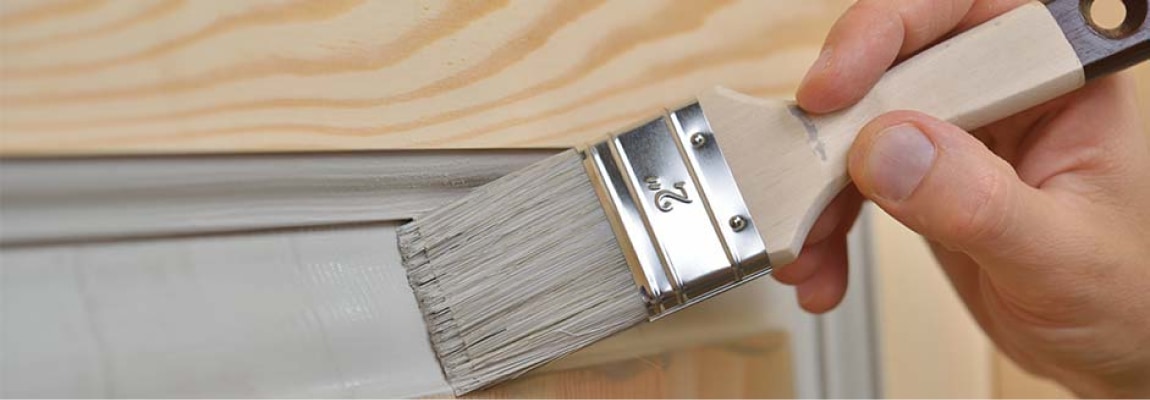
Windows
Before you start, be sure to protect the glass and the walls in and around your windows by applying painter’s tape over the glass and on the walls as close to the edge of the window frame as possible.
The procedure for painting depends on the type of windows you’re painting: casement windows or sash windows.
CASEMENT WINDOWS
- With a paintbrush, paint the outer frame of the window.
- With a paintbrush, paint the inner frame, decorative details, and cracks and crevices.
- With a roller, paint the rest of the window.
- Wait for paint to be completely dry before closing windows.

SASH WINDOWS
- With a paintbrush, paint the outer and inner frames of the window.
- With a paintbrush, paint the decorative details, and cracks and crevices of the outer (and lower) casement.
- With a roller, paint the rest (fill the larger surfaces) of the outer (and lower) casement.
- Switch the position of the windows.
- With a paintbrush, paint the decorative details, and cracks and crevices of the inner (and now lower) casement.
- With a roller, paint the rest (fill the larger surfaces) of the inner (and now lower) casement.
- Wait for paint to be completely dry before closing windows.

Doors
The procedure depends on the type of door you’re painting: with or without panels. To protect the doorknob, wrap with painter’s tape.
DOORS WITHOUT PANELS
- With a paintbrush, paint the frame of the door.
- With a paintbrush, paint around the contour of the doorknob.
- With a roller, apply paint along the length of the door, extending over unpainted sections as you roll to blend well and obtain a smoother finish.
- Wait for paint to be completely dry before closing the door.

DOORS WITH PANELS
- With a paintbrush, paint the frame of the door.
- With a paintbrush, paint around the contour of the doorknob and the details of the door.
- With a roller, apply paint along the length of the door, extending over unpainted sections as you roll for a smoother finish.
- Wait for paint to be completely dry before closing the door.

Baseboards
To protect your walls and floors from paint, use cardboard, a plastic tarp or a drop cloth, or painter’s tape. Place as close to the edge of the baseboard as possible.
- With a paintbrush, paint the top frame and sides (if there are any).
- With a paintbrush, paint the decorative details, and cracks and crevices of the baseboards.
- With a roller, roll paint along the length of the baseboard, extending over unpainted sections as you roll for a smoother finish.
